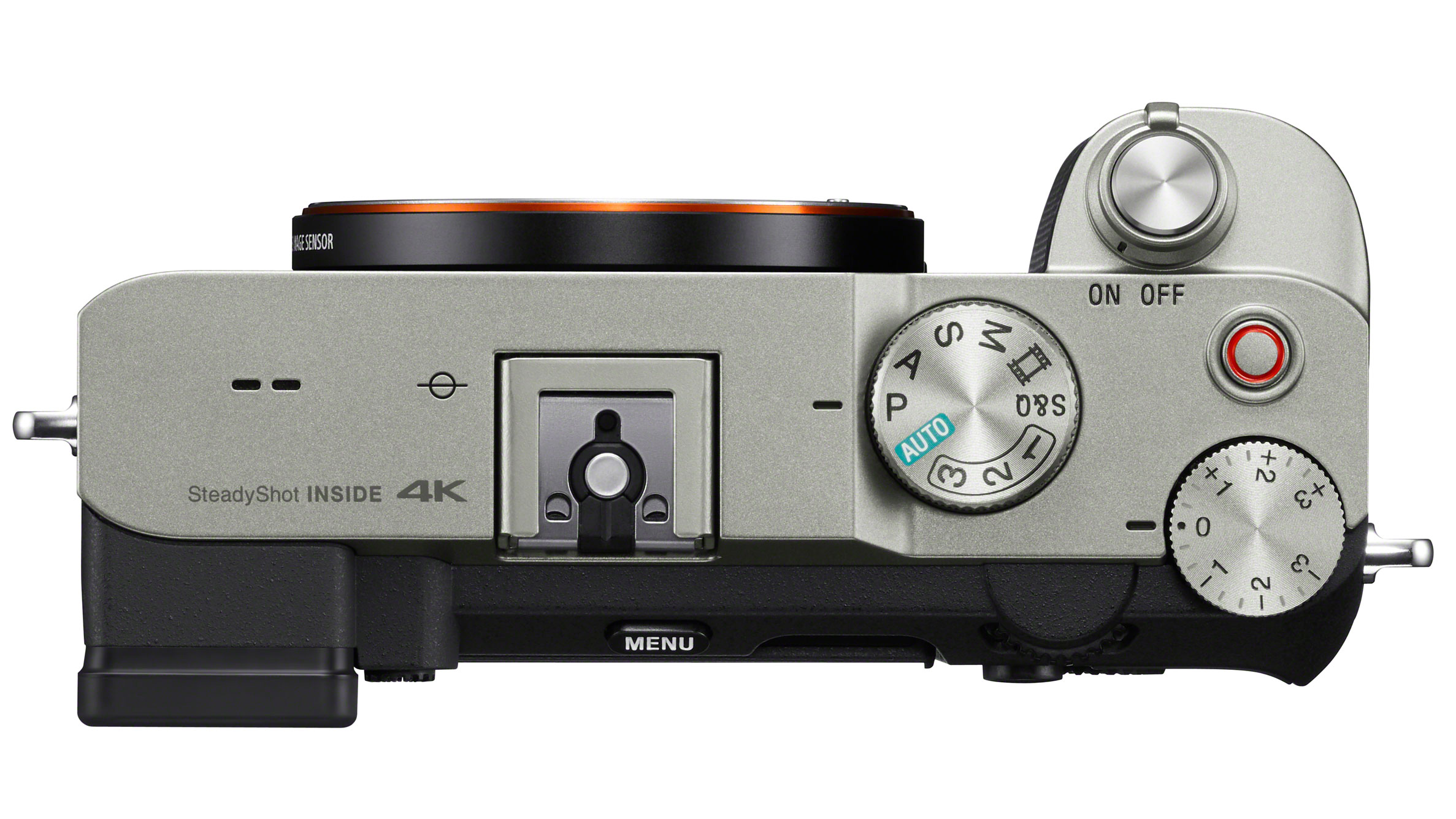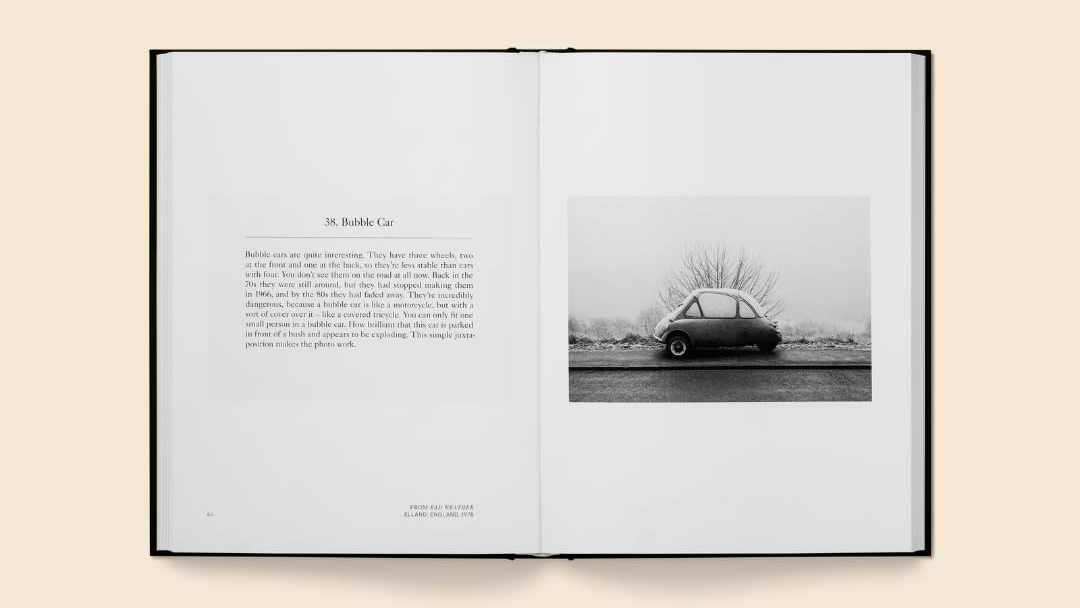The Sony A7C has launched: this time Sony thinks well and truly INSIDE the box
The Sony A7C joins the existing Sony A7 line-up as a compact model for a newer, younger generation of photographers

Sony has launched a new full-frame mirrorless camera which follows on from its successful A7-series models, but with a radical design rethink. The Sony A7C fuses the full frame sensor and much of the technology of Sony’s A7 cameras with the more compact, box-shaped design of its APS-C A6000-series cameras.
Watch Sony's official video below:
If you imagine the tech of the Sony A7 III in a Sony A6600 body, you’ll get the idea, though inevitably the larger sensor means the A7C is a larger than the A6600, albeit not by much.
Sony wants to attract a new audience of photographers, vloggers and content creators who want a new, fresher design and a camera that’s as adept at video as it is stills photography.
Its closest neighbour in the Sony range is the Sony A7 III, and it’s likely to have a similar price tag, so this is not a cheap addition to the Sony full frame mirrorless range, but can perhaps be considered an alternative entry-level model.
• Read our hands on Sony A7C review

Sony A7C key features
The first and most obvious innovation is the design. Sony has opted for a rectangular ‘rangefinder’ design that loses the viewfinder housing on the top and instead positions the EVF in the top left corner on the back. We’re told it’s the same viewfinder as the one in the A6600.
The best camera deals, reviews, product advice, and unmissable photography news, direct to your inbox!
Round the back is a fully articulating vari-angle touchscreen, a welcome step forward from the tilting screen on regular A7-series cameras.
The menu system is similar to that on existing Sony A7 cameras, and not the new design in the A7S III. That suggests to us that the A7C has a lot of technology in common with the A7 III, despite its very different exterior appearance.
Inside, the Sony A7C has a 24.2MP Exmor R CMOS sensor of the type used in the existing Sony A7 III, hooked up to a BIONZ X processor, with an ISO 100-51,200 sensitivity range, expandable to ISO 50-204,800. Sony says this combination offers a dynamic range of up to 15 stops (EV).

The A7C is designed for video as well as stills, but Sony has not really moved the video specs forward for this model, at least on paper. It can capture 4K video at 30p in 8-bit XAVC-S ‘for easy editing’, using oversampled 6K capture and with no recording time limit. That’s a pretty basic video spec by current standards, but Sony must be banking on everyday usability as its selling point. You do at least get Sony’s S-Log2, S-Log3 and HLG modes as standard.
In today's ultra-competitive video market, that might not be enough to rank the A7c amongst the best 4K cameras for filmmaking, but its full frame sensor and 'cinematic' look, combined with its highly effective AF (below) could make it one of the best cameras for vlogging.
The A7c also has Sony’s digital audio interface, mic and headphone sockets, vertical shooting capability and the same AF speed and sensitivity settings of the recently launched Sony A7S III.
Sony does have an advantage in autofocus technology, and the A7C has pretty much the best of everything in this respect, borrowing much of the AF tech from the much more expensive A7R IV to include 693 phase-detect AF points and 425 contrast AF points covering 93% of the frame, and with Sony’s latest Real Time Eye AF, human/animal, left/right eye and Real Time Tracking capabilities.
It’s no slouch for continuous shooting, either, with the ability to shoot stills at up to 10fps with AF/AE, or 8fps in Sony’s Live View mode (a little slower, but a more fluid screen refresh for tracking fast-moving subjects). Even more impressive is its buffer capacity, of up to 115 raw files or 223 JPEGs.

The new Sony FE 24-60mm f/4-5.6 retracting kit lens
The theme of the Sony A7C is compactness, so it makes sense for it to get a new compact kit lens, and the FE 24-60mm f/4-5.6 is certainly that. It’s much smaller than the existing FE 28-70mm f/3.5-5.6 entry level kit lens and reminiscent of the 24-50mm kit lens that comes with the new Nikon Z5.
This lens does not use a power zoom mechanism but a simply mechanical retracting design that’s quick to operate and gives the lens a regular manual zoom ring when it’s extended.
Although this is a ‘kit lens’ designed to be bundled with the A7C, it has some advanced features, including 3 aspherical lens elements, a 7-bladed circular aperture and a linear motor for fast, quiet AF for both stills and video. This lens will be available separately from January 2021.

Sony A7C accessories
The A7C is compatible with the advanced Sony ECM-B1M shotgun mic with its 8 microphone capsules, built in digital signal processor and external controls. You can also use the A7C with the Sony GP-VPT2BT grip with wireless. This has a grip head with tilt and angle adjustments and a sculpted handgrip.
Alongside the A7C, Sony has also announced a new HVL-F28RM small and lightweight flash, with a guide number of 28 (at 50mm, ISO 100), which is radio-controlled and can operate both as a receiver or commander. It has a wide-angle diffuser panel to offer coverage for a 24mm lens, a built in modelling light and high-speed sync. The Sony HVL-F28RM will be available mid-November.
Sony A7C price and availability
The Sony A7C will go on sale October 2020 for the rather steep price of $1,800 / £1,900 / AU$3,299 for the body alone. If you'd like to get the kit with the new 26-60mm lens, you'll be paying a touch more – $2,100 / £2,150 / AU$3,899 to be precise.
The A7C will be sold in two versions – a silver and black finish will arrive first in some markets, followed by an all-black limited edition further down the line. In Australia, though, both body options will be available from next month.
• Pre-order the Sony A7C at B&H Photo
• Pre-order the Sony A7C at Adorama
• Pre-order the Sony A7C at Wex Photo Video (UK)
Read more:
• Best Sony camera
• Best cameras for vlogging
• Best mirrorless cameras
• Best full frame mirrorless camera

Rod is an independent photography journalist and editor, and a long-standing Digital Camera World contributor, having previously worked as DCW's Group Reviews editor. Before that he has been technique editor on N-Photo, Head of Testing for the photography division and Camera Channel editor on TechRadar, as well as contributing to many other publications. He has been writing about photography technique, photo editing and digital cameras since they first appeared, and before that began his career writing about film photography. He has used and reviewed practically every interchangeable lens camera launched in the past 20 years, from entry-level DSLRs to medium format cameras, together with lenses, tripods, gimbals, light meters, camera bags and more. Rod has his own camera gear blog at fotovolo.com but also writes about photo-editing applications and techniques at lifeafterphotoshop.com

